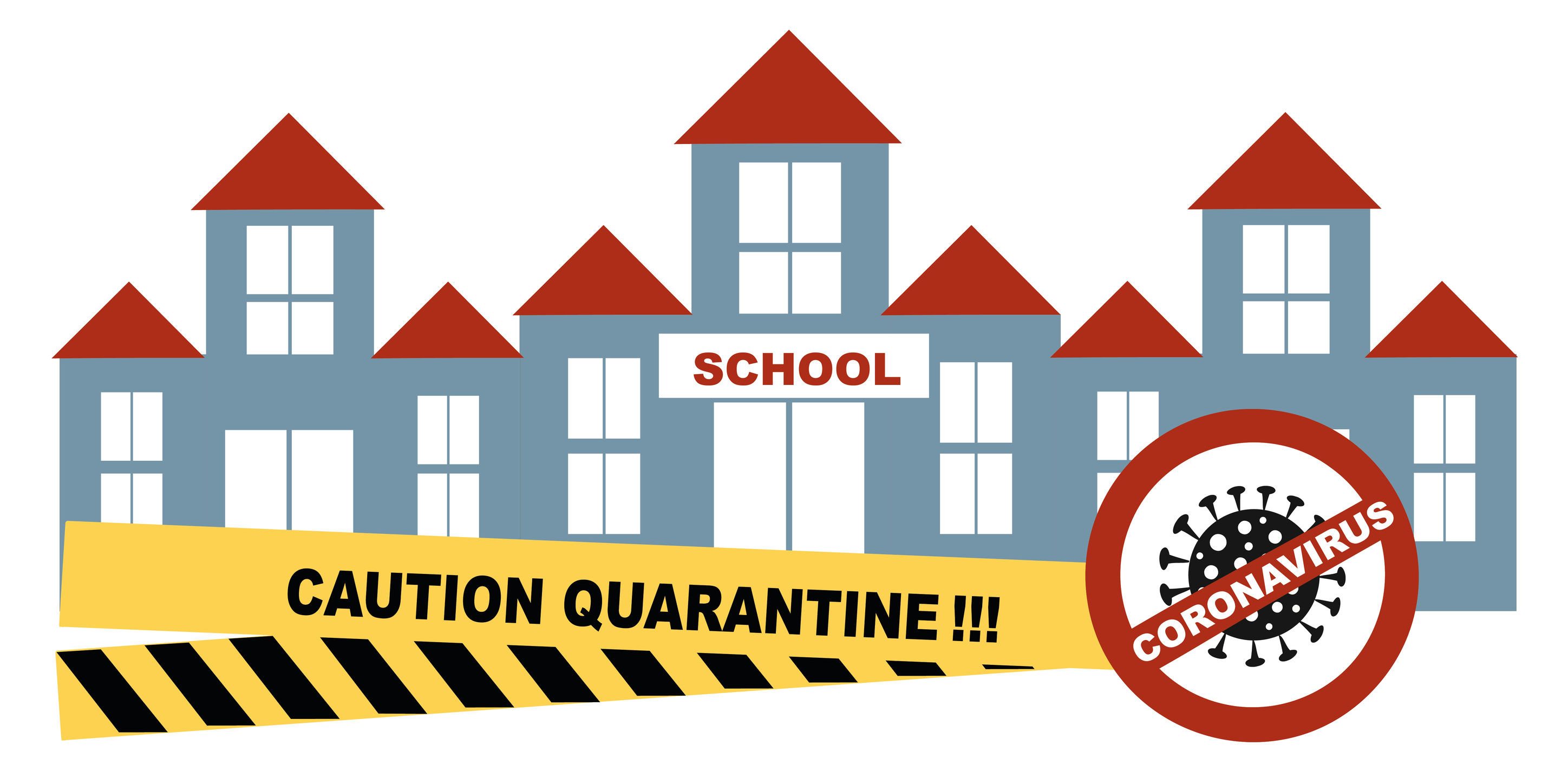Should we still be concerned about suicide prevention planning for schools?
Of course we should. Especially now, when children are cut off from their peers, daily routines have abruptly ended, and school has shifted to a virtual setting.
Teachers are still teaching lessons, and kids still have assignments. Homework too!
Think about it. If a student was suffering from mental illness or exhibited other risk factors before their world turned upside down, would those issues suddenly vanish? Probably not.
What can schools do to identify and help those children? The same things you would have done before.
Pay attention to the signs. These are red flags if they persist for two weeks or more:
Being isolated, increased anxiety, feeling trapped or in pain, increased substance use, access to lethal means, anger, rage, mood swings, hopelessness, sleeping too little or too much, talking or posting about wanting to die, and making plans for suicide.
Reach out. Ask students if they are okay. Listen. Acknowledge their feelings. Encourage them to ask for help. Just show you care. Even though you can’t be physically present, you can be a text message or phone call away.
Some students may benefit from learning self-calming strategies. Some need to disconnect from social media for a while, although others may need the support of social contact with their friends more than ever.
If you believe a child may be at risk, take action.
You do not need to solve all of their problems – just engage them. Some questions to ask:
Are you thinking about suicide?
What thoughts or plans do you have?
How long have you been thinking about suicide?
Have you thought about how you would do it?
Do you have __? (Insert the lethal means they have mentioned)
Do you really want to die? Or do you want the pain to go away?
Stay connected and provide contact information for the suicide prevention lifeline and crisis text line. Notify parents right away. If you are a teacher, contact your school counselor or social worker to get them involved and let them take it from there. Stay in touch with the student, but let the counselors and social workers do what they’re trained to do.
National Suicide Prevention Lifeline call 1-800-273-8255
or chat https://suicidepreventionlifeline.org/chat/
or text Crisis Text Line | Text HOME To 741741
What is going on at home?
Counselors , social workers, and teachers are well aware of the toll this epidemic is taking on our children. Not just the school closures, but everything else that is happening to their families. Many children may be fortunate enough to have parents who are still working, earning enough to keep food on the table, and able to juggle homeschooling with their own responsibilities. Some parents are frustrated with having to supervise children while trying to work from home. Others may be in situations where job loss and stress have pushed them beyond control, resulting in increased domestic violence and child abuse. It’s hard to imagine how those children are coping without the refuge of a safe school environment.
Because of the challenges children are facing this spring, some educators are considering redesigning summer programs to focus primarily on social-emotional learning rather than academic skills. What ideas do you have that might help children continue to learn during these trying times? Please share them here!
 A
Culture of Caring: A Suicide Prevention Guide for Schools (K-12) was
created as a resource for educators who want to know how to get started and
what steps to take to create a suicide prevention plan that will work for their
schools and districts. It is written from my perspective as a school principal
and survivor of suicide loss, not an expert in psychology or counseling. I hope
that any teacher, school counselor, psychologist, principal, or district
administrator can pick up this book, flip to a chapter, and easily find helpful
answers to the questions they are likely to have about what schools can do to
prevent suicide.
A
Culture of Caring: A Suicide Prevention Guide for Schools (K-12) was
created as a resource for educators who want to know how to get started and
what steps to take to create a suicide prevention plan that will work for their
schools and districts. It is written from my perspective as a school principal
and survivor of suicide loss, not an expert in psychology or counseling. I hope
that any teacher, school counselor, psychologist, principal, or district
administrator can pick up this book, flip to a chapter, and easily find helpful
answers to the questions they are likely to have about what schools can do to
prevent suicide.


